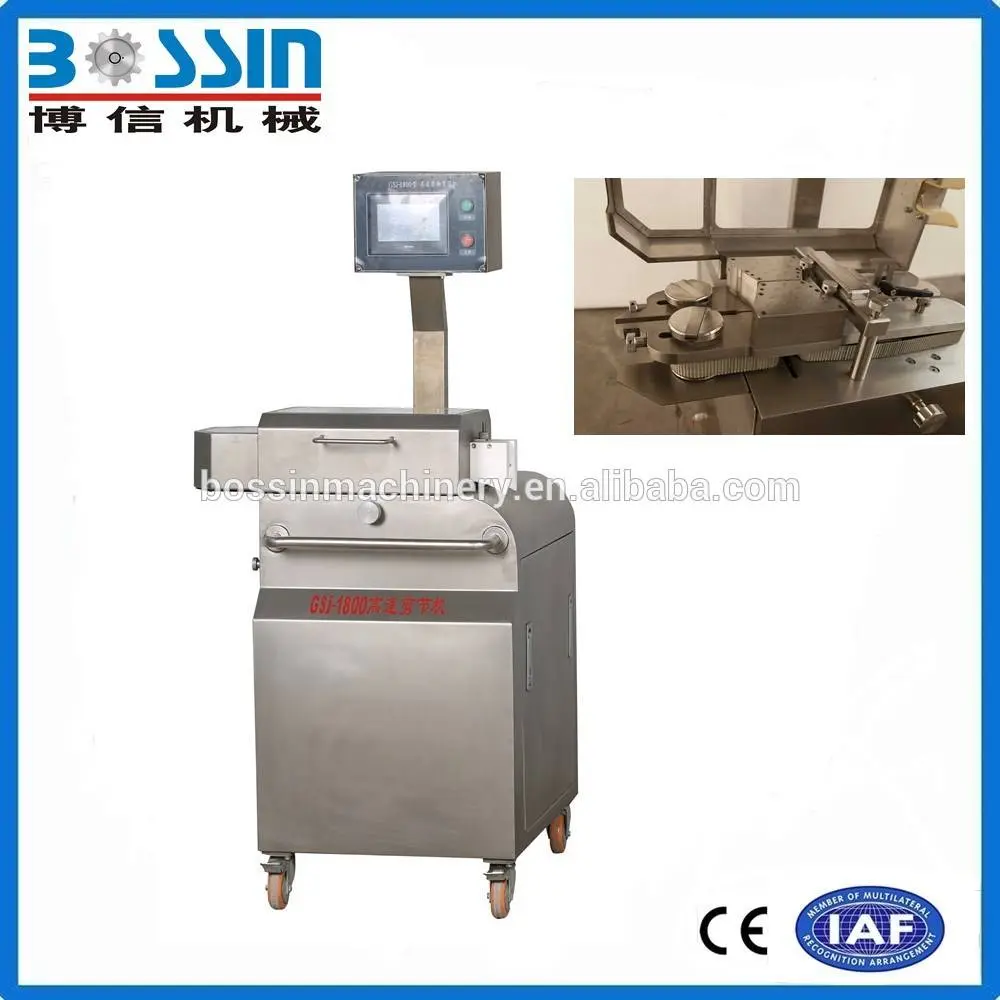Sen . 29, 2024 01:31 Back to list
Industrial Tumbling Equipment for Efficient Material Mixing and Surface Finishing Solutions
The Industrial Tumbling Machine A Crucial Player in Manufacturing Processes
In the realm of manufacturing, efficiency and quality control are paramount. One of the machines that has gained significant attention in this regard is the industrial tumbling machine. This piece of equipment plays a vital role in the processing of various materials, ensuring that products are not only polished and refined but also meet stringent quality standards. In this article, we will explore the workings, advantages, and applications of industrial tumbling machines, showcasing their indispensable role in the industrial landscape.
What is an Industrial Tumbling Machine?
An industrial tumbling machine, often referred to as a vibratory tumbler or finishing machine, is designed to smooth, polish, and deburr parts and components in a controlled manner. The process is achieved through various mechanical actions—tumbling, vibrating, or rotating—that facilitate the honing of surfaces by the friction between the parts and abrasive materials, often referred to as media. These machines can handle a wide variety of materials, including metals, plastics, ceramics, and more, making them versatile tools in various industries such as automotive, aerospace, and consumer goods.
How Does it Work?
At its core, an industrial tumbling machine operates by placing items along with abrasive media into a barrel-like container. The machine then induces a cyclic motion that causes the items to tumble over one another, generating friction. The interaction between the abrasive media and the workpieces facilitates the removal of sharp edges, surface irregularities, and unwanted residues.
The different types of tumbling machines—barrel tumblers, vibratory finishers, and centrifugal finishers—utilize various motions and media shapes to achieve specific finishing effects. For instance, barrel tumblers are ideal for gentle finishing, while vibratory machines provide a more aggressive finish due to their increased energy. Attention to the machine's speed, media type, and duration of operation is crucial to achieving the desired results.
Advantages of Industrial Tumbling Machines
There are several advantages to utilizing industrial tumbling machines in manufacturing processes
industrial tumbling machine

2. Consistency The automated nature of tumbling machines ensures uniform results with every batch. This is particularly important in industries where quality and precision are non-negotiable.
3. Versatility These machines can accommodate a diverse range of materials and shapes. Whether dealing with intricate components or larger parts, tumbling machines can be adjusted to suit the specific requirements of the task.
4. Surface Improvement The finishing process not only enhances aesthetic appeal but also improves functionality by eliminating burrs, ensuring smoother surfaces that reduce wear and tear during use.
5. Cost-Effectiveness While the initial investment in an industrial tumbling machine might be significant, the long-term savings from reduced labor and improved product quality can be substantial.
Applications Across Industries
The applications of industrial tumbling machines extend across various sectors. In the automotive industry, these machines are essential for deburring engine components, ensuring parts fit seamlessly and function efficiently. In aerospace, the need for precision and reliability makes tumbling machines vital for preparing parts for assembly.
Other industries such as jewelry manufacturing benefit from tumbling machines for polishing products, creating a high-quality finish that enhances visual appeal. Even in the realm of electronics, where precision and cleanliness are crucial, industrial tumbling machines are used for parts cleaning and deburring.
Conclusion
In conclusion, the industrial tumbling machine is a cornerstone of modern manufacturing. Its ability to efficiently polish, deburr, and refine various materials ensures that products meet high standards of quality and performance. As industries continue to evolve and seek more efficient production methods, the role of tumbling machines will undoubtedly grow, making them indispensable assets in the manufacturing landscape. Embracing this technology not only enhances operational efficiency but also paves the way for innovation and excellence in product quality.
Latest news
-
High-Performance Vanes for Pumps & Compressors | Durable & Efficient
NewsAug.26,2025
-
JC999-03 Sausage Link Cutter: High-Speed Precision Slicing
NewsAug.21,2025
-
Sausage Link Cutter JC999-03: Precise, Efficient Production
NewsAug.19,2025
-
Pneumatic Clipping Machine - Shijiazhuang Bossin Machinery Equipment Co., Ltd.|Streamline Sausage Production&Seamless Integration
NewsAug.18,2025
-
Pneumatic Clipping Machine-SHJZ Bossin|Sausage Production, Food Processing
NewsAug.18,2025
-
Pneumatic Clipping Machine-SHJZ Bossin|Sausage Production Line&Automated Clipping
NewsAug.18,2025
